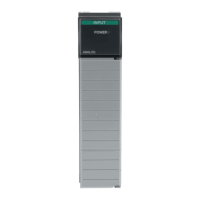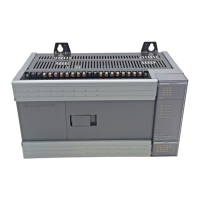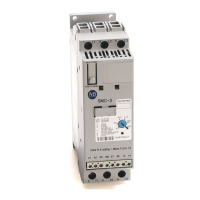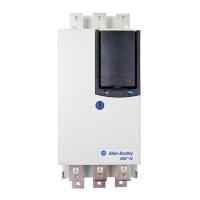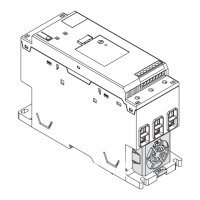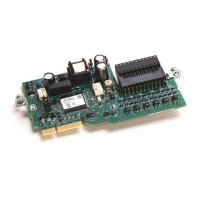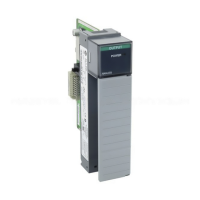Publication 1747-RM001G-EN-P - November 2008
SLC Communication Channels 13-85
Radio Modems
Radio modems may be implemented in a point-to-point topology supporting
either half-duplex or full-duplex communications, or in a point-to-multipoint
topology supporting half-duplex communications between three or more
modems. In the point-to-point topology using full-duplex radio modems,
configure the SLC processors for DF1 Full-duplex protocol. In the
point-to-point topology using half-duplex radio modems, or
point-to-multipoint topology using half-duplex radio modems, configure the
SLC processors for DF1 Radio Modem protocol. If these radio modems
require RTS/CTS handshaking, configure the control line parameter to
Half-duplex Modem without Continuous Carrier. See page 13-87 for details on
the operation of the RS-232 modem control signals when Half-duplex Modem
without Continuous Carrier is selected.
Line Drivers
Line drivers, also called short-haul modems, do not actually modulate the serial
data, but rather condition the electrical signals to operate reliably over long
transmission distances (up to several miles). Allen-Bradley’s AIC+ Advanced
Interface Converter is a half-duplex line driver that converts an RS-232
electrical signal into an RS-485 electrical signal, increasing the signal
transmission distance from 50 to 4000 feet. In a point-to-point line driver
topology, configure the SLC processor for DF1 full-duplex protocol. In a
point-to-multipoint line driver topology, configure the SLC processors for
DF1 half-duplex slave protocol. If these line drivers require RTS/CTS
handshaking, configure the control line parameter to Half-duplex Modem
without Continuous Carrier.
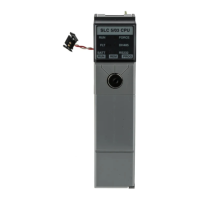
